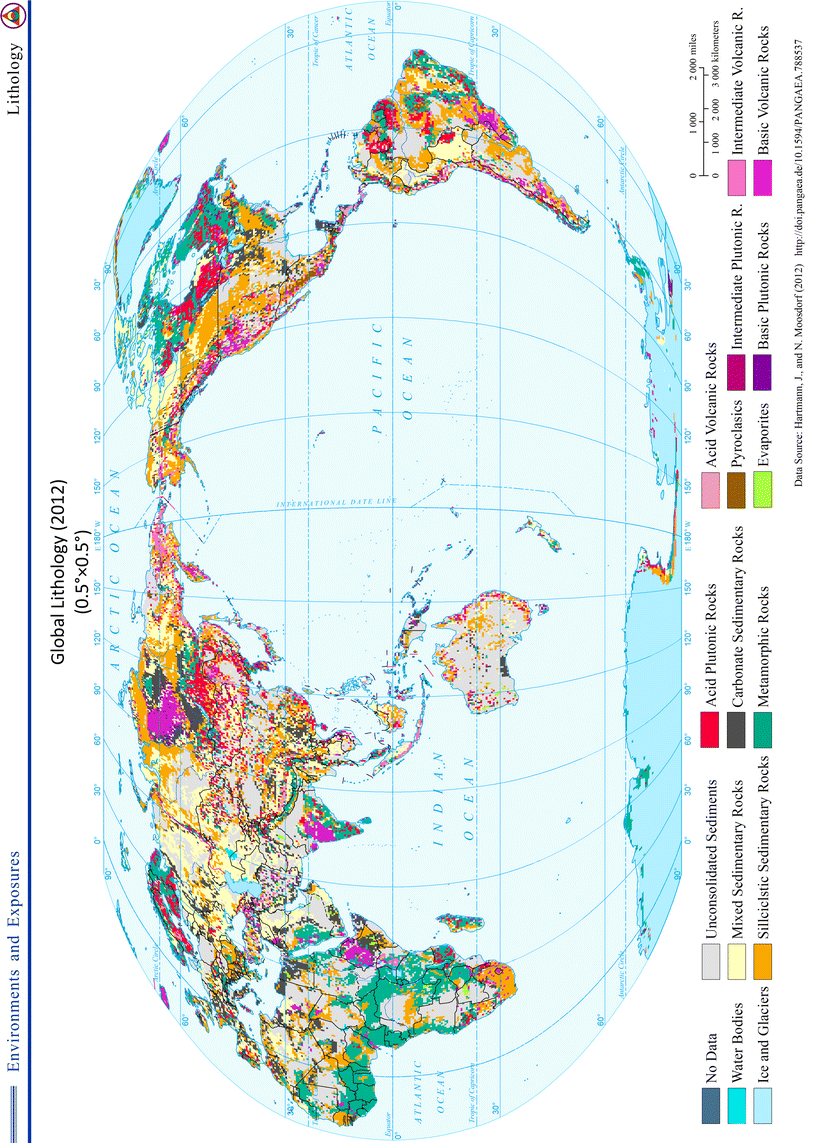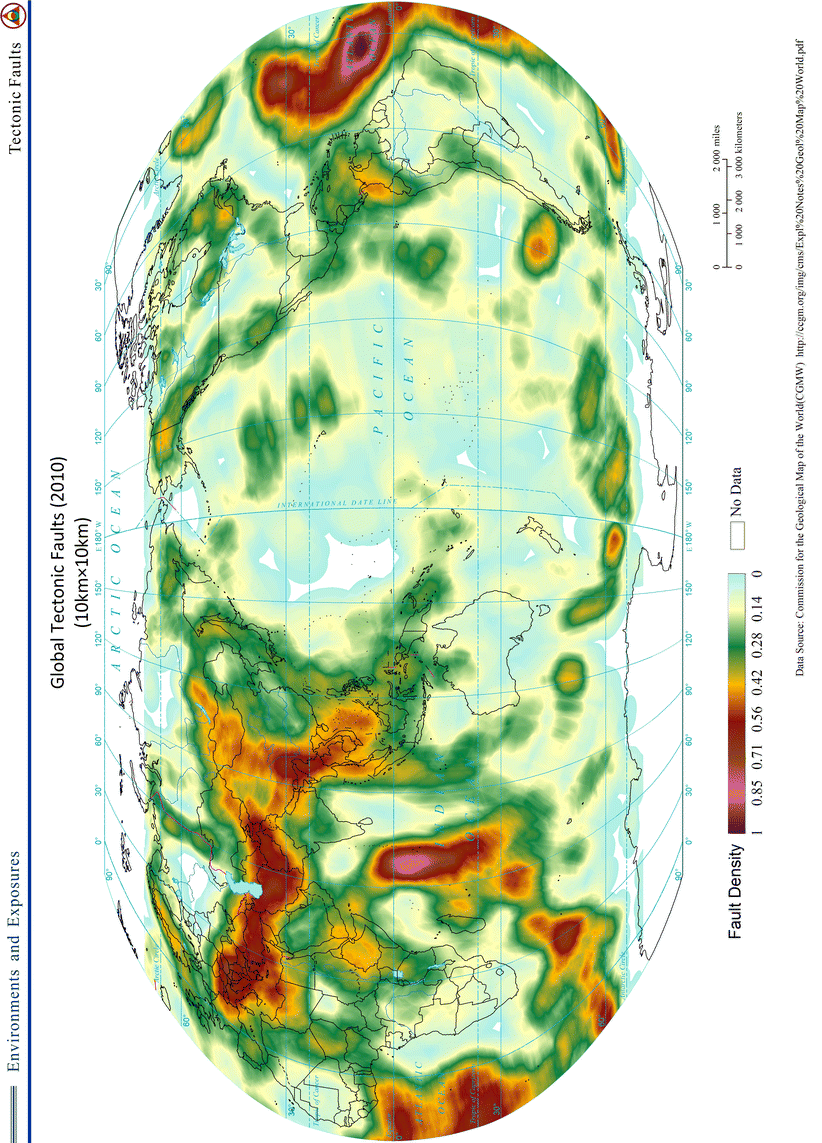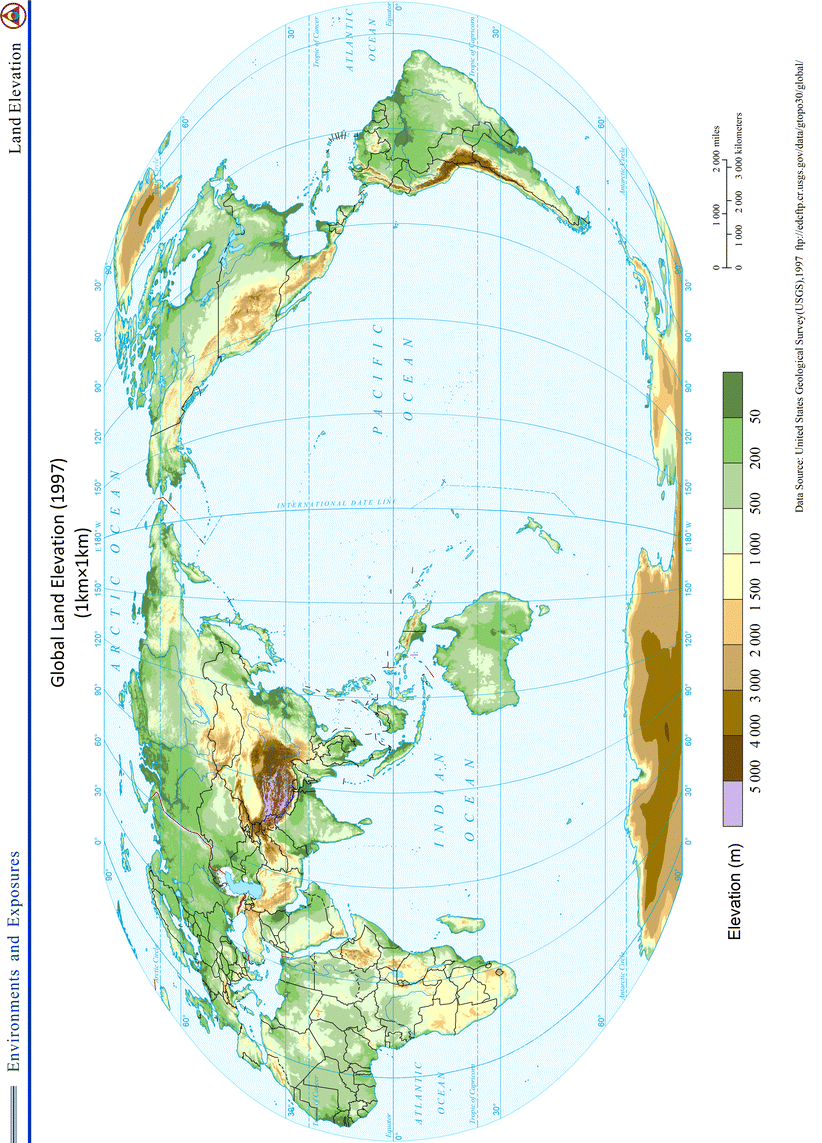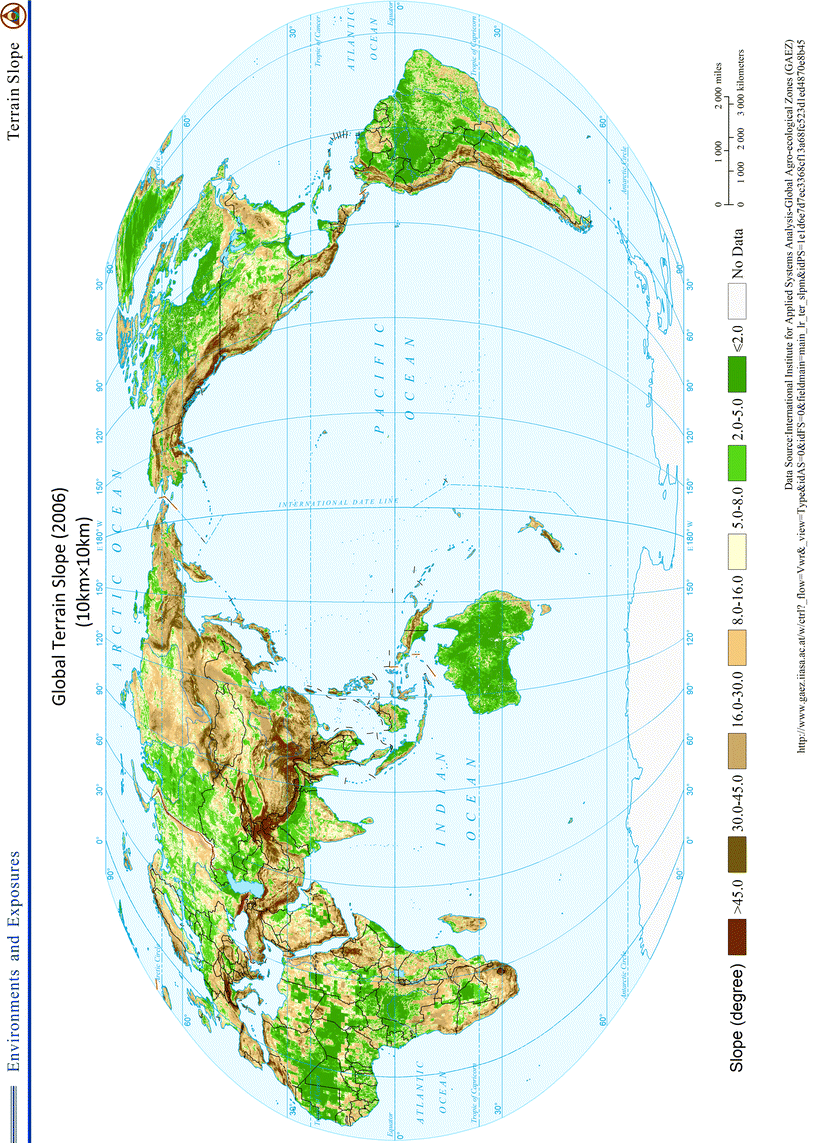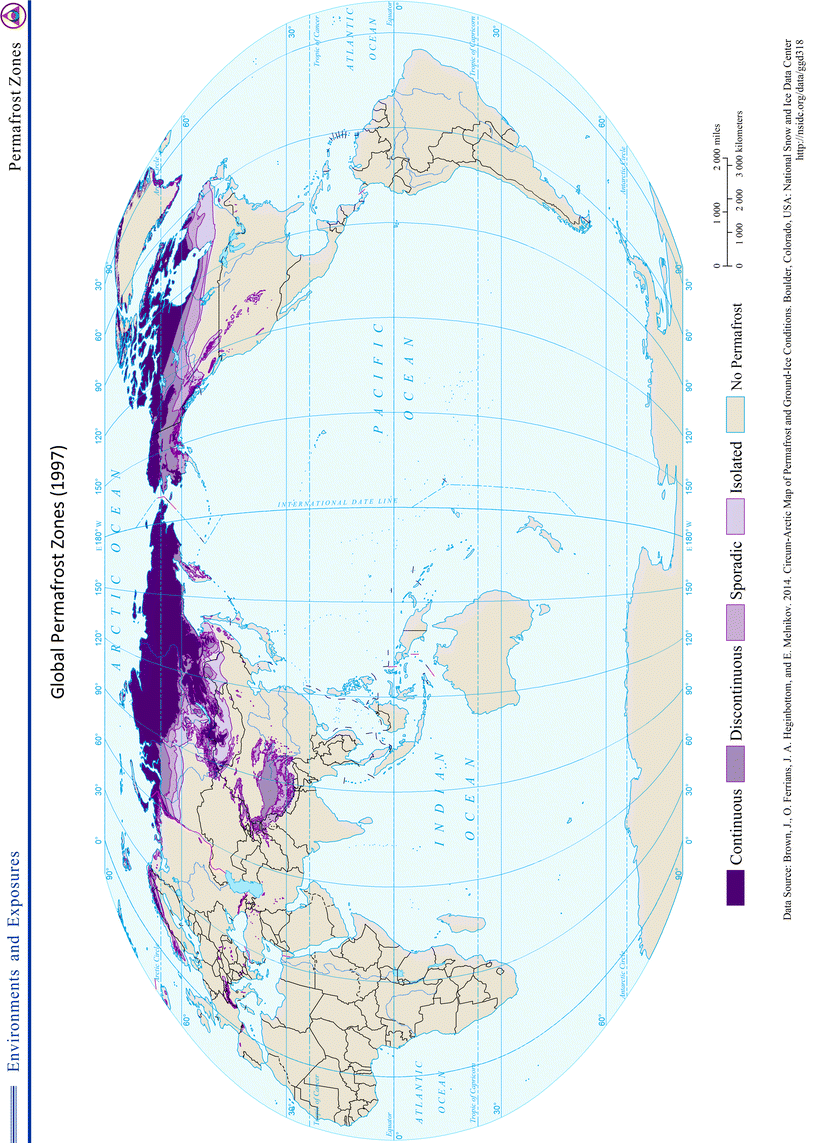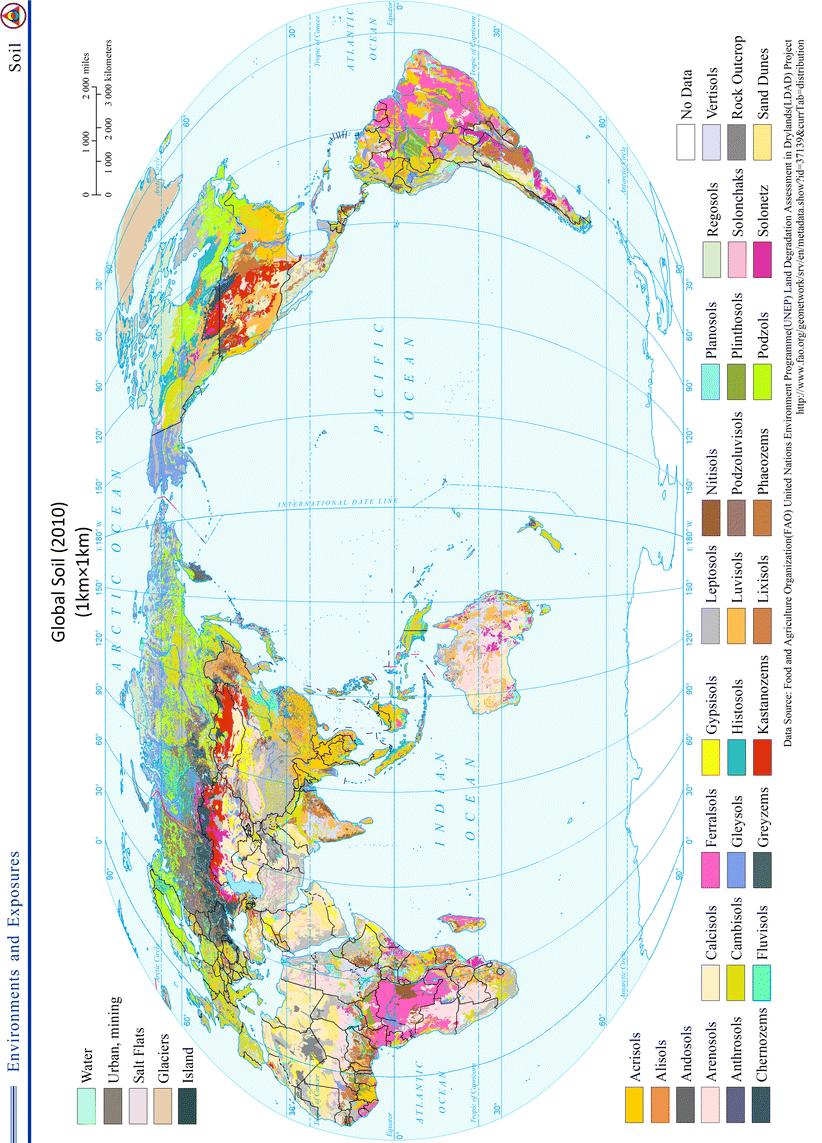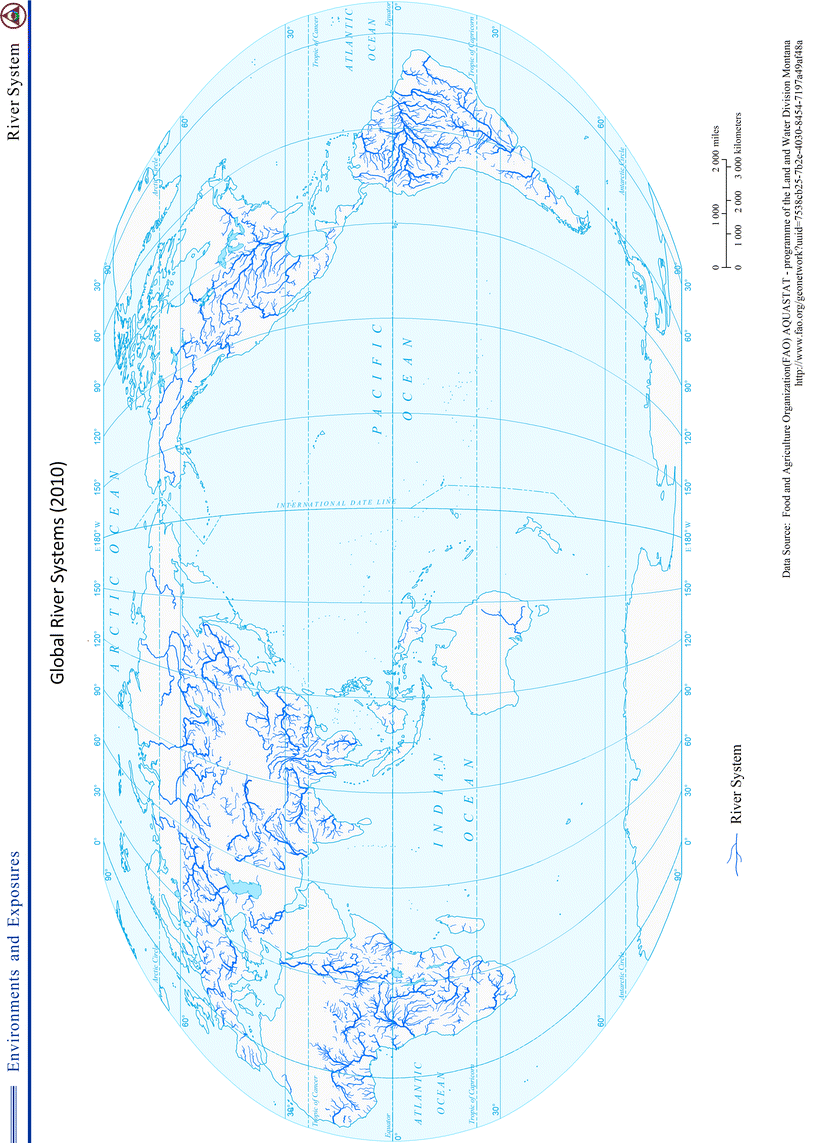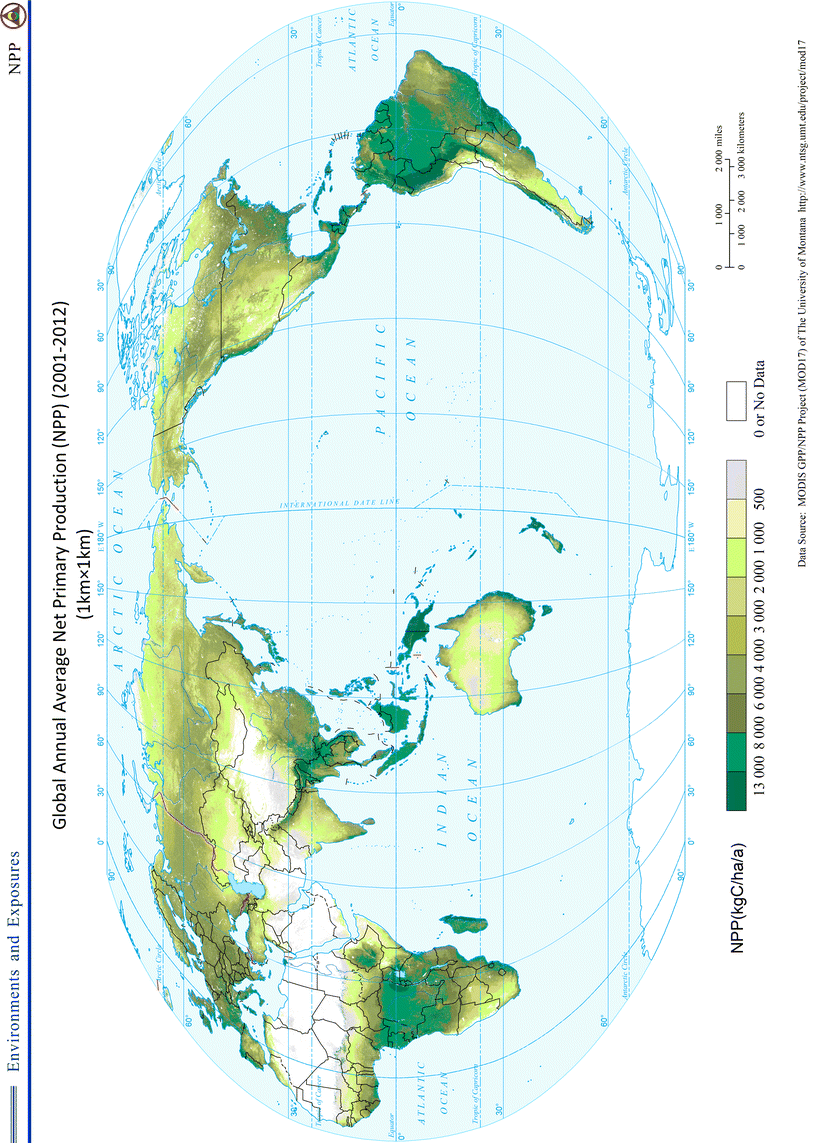Kasperson Roger E. - World Atlas of Natural Disaster Risk
Here you can read online Kasperson Roger E. - World Atlas of Natural Disaster Risk full text of the book (entire story) in english for free. Download pdf and epub, get meaning, cover and reviews about this ebook. year: 2015, publisher: Springer, genre: Politics. Description of the work, (preface) as well as reviews are available. Best literature library LitArk.com created for fans of good reading and offers a wide selection of genres:
Romance novel
Science fiction
Adventure
Detective
Science
History
Home and family
Prose
Art
Politics
Computer
Non-fiction
Religion
Business
Children
Humor
Choose a favorite category and find really read worthwhile books. Enjoy immersion in the world of imagination, feel the emotions of the characters or learn something new for yourself, make an fascinating discovery.
- Book:World Atlas of Natural Disaster Risk
- Author:
- Publisher:Springer
- Genre:
- Year:2015
- Rating:3 / 5
- Favourites:Add to favourites
- Your mark:
World Atlas of Natural Disaster Risk: summary, description and annotation
We offer to read an annotation, description, summary or preface (depends on what the author of the book "World Atlas of Natural Disaster Risk" wrote himself). If you haven't found the necessary information about the book — write in the comments, we will try to find it.
This is the first English-language atlas to systematically introduce the environment, hazard, vulnerability and risk mapping for 11 natural disasters, i.e. earthquake, volcano, landslide, flood, storm surge, sand-dust storm, tropical cyclone, heat wave, cold wave, drought and wildfire, and risk mapping for multi-hazard disaster in the world. The above 11 hazards are assessed and mapped at grid unit, comparable-geographic unit and national unit, and the multi-hazard is assessed and mapped at grid unit and national unit. The expected annual mortality and/or affected population risks and expected annual economic loss and/or affected property risk of 11 hazards and multi-hazard of the world at national level are unprecedentedly derived and ranked. The atlas can be a good reference for researchers and students in the field of natural disaster risk management and risk governance, and enterpriser and risk manager as well to understand the global natural disaster risk.
Prof. Peijun Shi works at Beijing Normal University, China; Prof. Roger Kasperson works at Clark University, USA.
Kasperson Roger E.: author's other books
Who wrote World Atlas of Natural Disaster Risk? Find out the surname, the name of the author of the book and a list of all author's works by series.

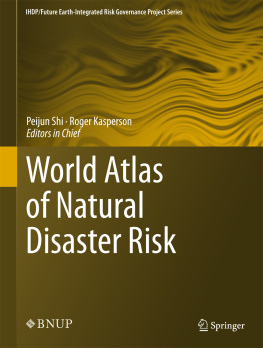

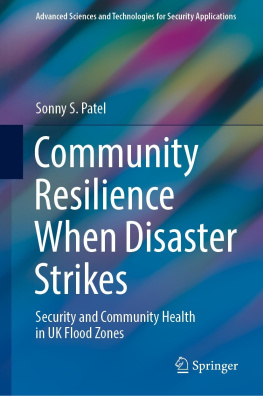
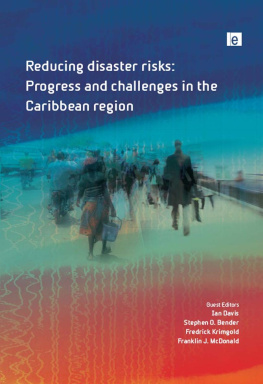
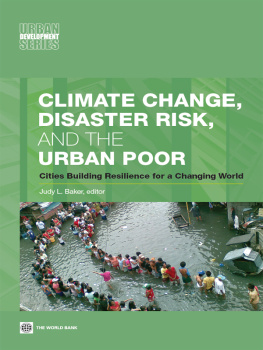
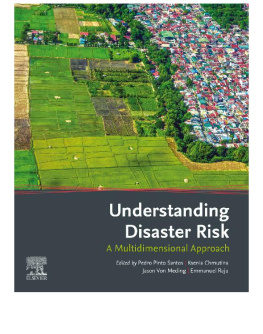
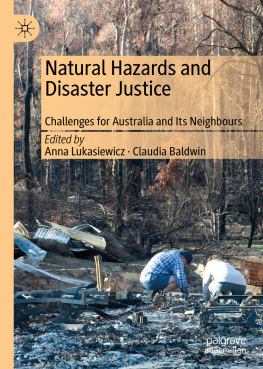
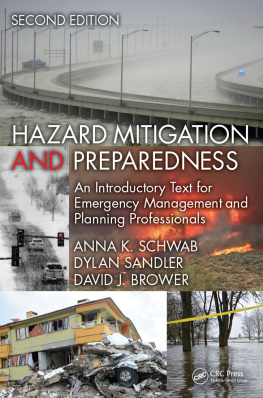

 ), which is an average of the annual values from 2001 to 2012, is calculated by Eq. ():
), which is an average of the annual values from 2001 to 2012, is calculated by Eq. (): 

